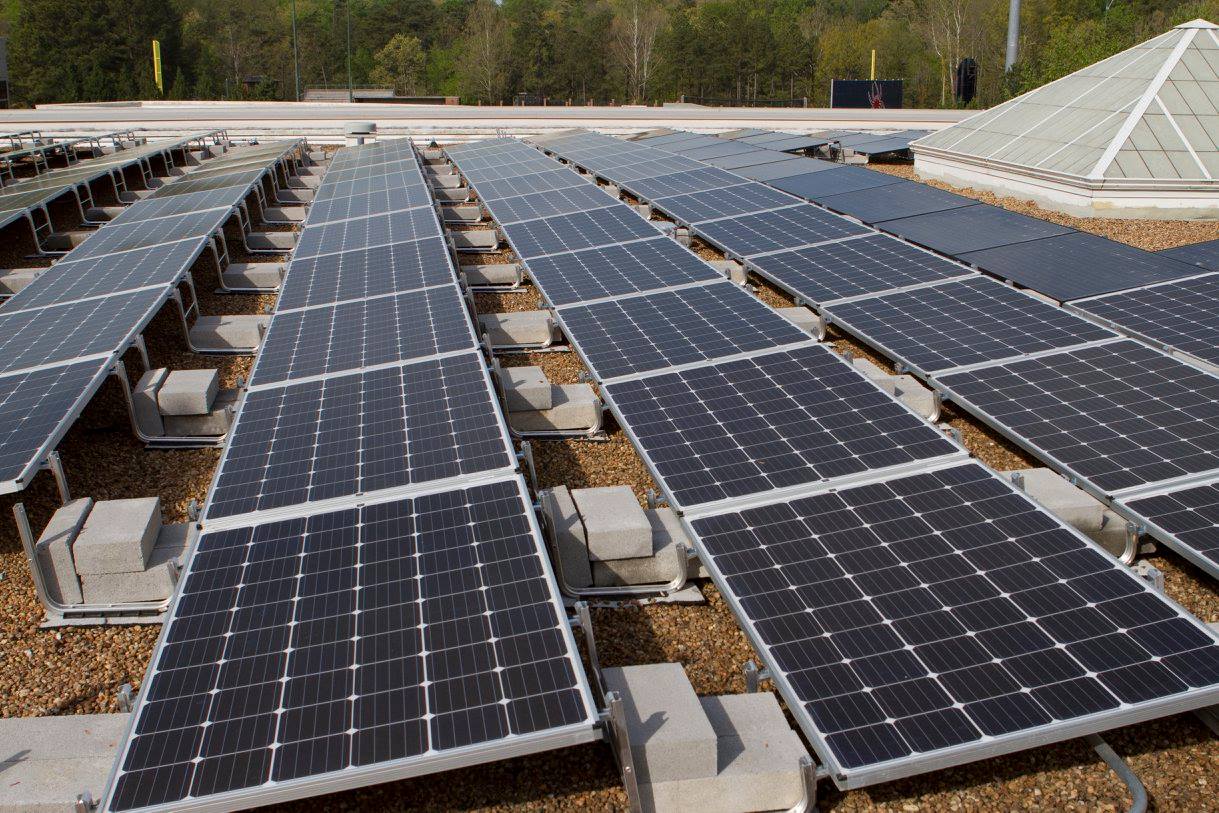Technical Committee 82 of the International Electrotechnical Commission is charged with preparing international standards for the full length of the solar energy power chain The span of the power chain includes the light input, the cell itself, and the fittings and accessories to the end use (utilization) equipment.
Strategic Business Plan of IEC Technical Committee 82
The United States is the Global Secretariat for TC 82 through the US National Committee of the International Electrotechnical Commission (USNA/IEC) administered by the American National Standards Institute(ANSI). Standards Michigan is a long-standing member of ANSI since our “standards journey” began at the University of Michigan in 1993.
The USNA/IEC and participates in its standards development processes; typically collaborating with global research and application engineers in the IEEE Industrial Applications Society and the IEEE Power and Energy Society. To advance its agenda for lower #TotalCostofOwnership for US real asset executives and facility managers Standards Michigan also collaborates closely with subject matter experts who contribute to, and draw from, the knowledge base in the IEEE Education and Healthcare Facilities Committee (E&H).
The IEC permits public commenting on its draft standards; though you will need to establish login credentials:
Your comments will be reviewed by the IEC National Committee of the country you live in, which can decide to propose them as national input for the final draft of the IEC International Standard. This approach makes it easier for individual nations to participate in IEC standards development processes because the resources that national standards bodies need to administer participation resides in Geneva and is managed there.
We collaborate with the IEEE Education & Healthcare Facilities Committee which has its own platform to tracking commenting opportunities:
As of this posting, no interoperability redlines have been released for public consultation. In large measure, IEC titles contribute to a level playing field among multi-national electrical equipment manufacturers so we should not be surprised that there are no redlines to review. When they are released we place them on the agenda of the IEEE E&H Committee which meets 4 times monthly in European and American time zones.
Log in to the E&H Committee meeting
Issue: [18-240]
Category: Electrical Power, Energy Conservation
Contact: Mike Anthony, Jim Harvey, Peter Sutherland
LEARN MORE:
[1] US Commenters must route their comments through the USNA/IEC.
[2] Many product and installation standards are developed by the Association of Electrical Equipment and Medical Imaging Manufacturers (NEMA): CLICK HERE
[3] NEMA comparison of NEC and IEC electrical safety standards











